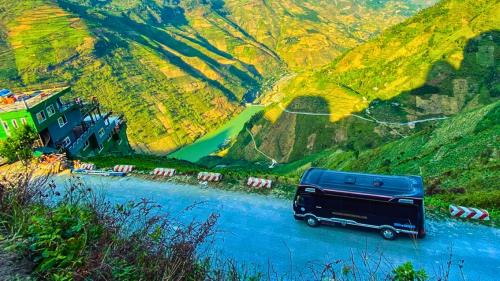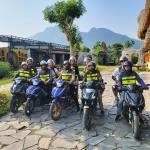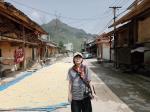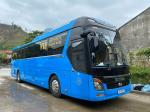If you’re planning to take on the Cao Bang Loop — one of Vietnam’s most breathtaking motorbike or car journeys — you might be wondering: What should I pack for the Cao Bang Loop? This region of northern Vietnam offers stunning natural beauty, from limestone mountains and majestic waterfalls to ethnic minority villages and peaceful valleys. But because of its remoteness, unpredictable weather, and limited services, packing smartly is essential to ensure a safe, comfortable, and memorable trip.
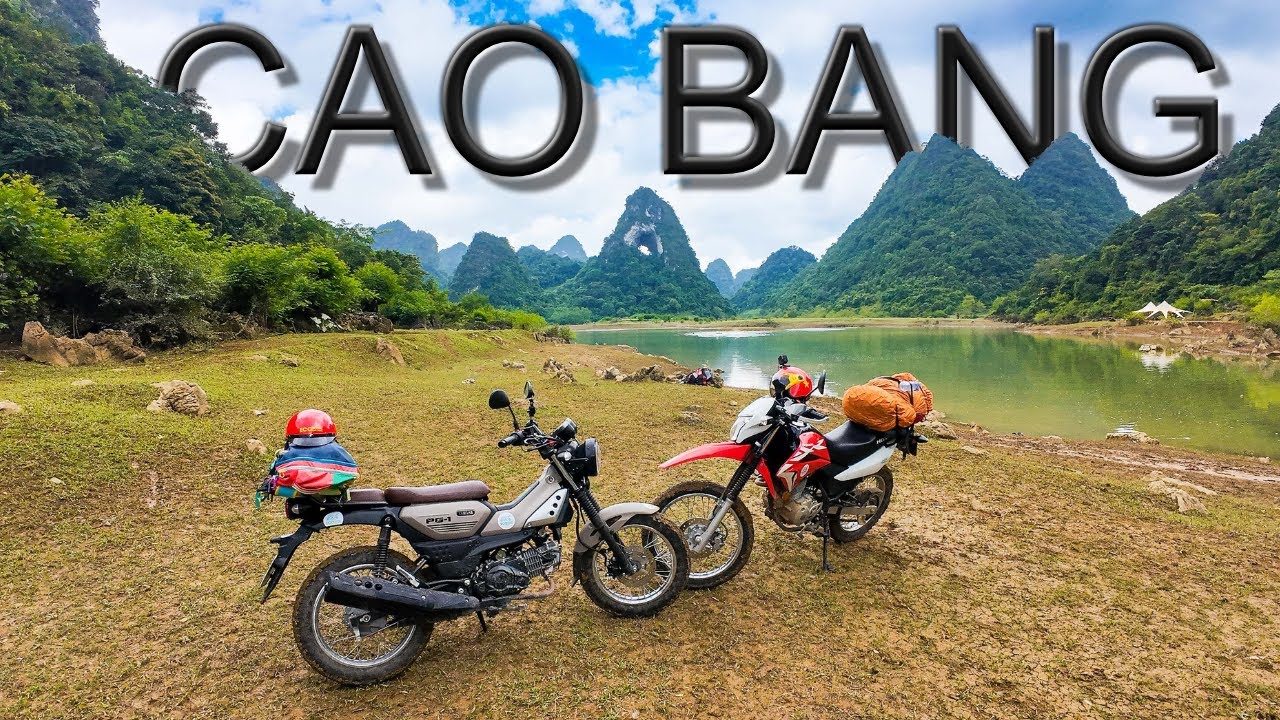
The Cao Bang Loop typically covers around 300–400 kilometers, depending on your chosen route. You’ll pass through remote areas where petrol stations, ATMs, and convenience stores may be scarce. The weather can change quickly — sunny mornings might give way to foggy or chilly afternoons. To help you prepare, we’ve compiled a comprehensive packing guide so you can focus on enjoying your adventure.
Plan your adventure today! For more details and personalized support, contact Thelooptours Hotline: +84329196074.
Essential Documents
When traveling the Cao Bang Loop, make sure you have all the necessary documents with you. These include your passport (with a valid visa if required), a driver’s license, and an international driving permit if you plan to rent and ride a motorbike. Travel insurance that covers motorbike use and medical emergencies is highly recommended. Since many areas on the loop are cash-only, bring enough Vietnamese Dong in small denominations. It’s also smart to download offline maps or carry a printed itinerary because mobile signals can be unreliable in remote areas.
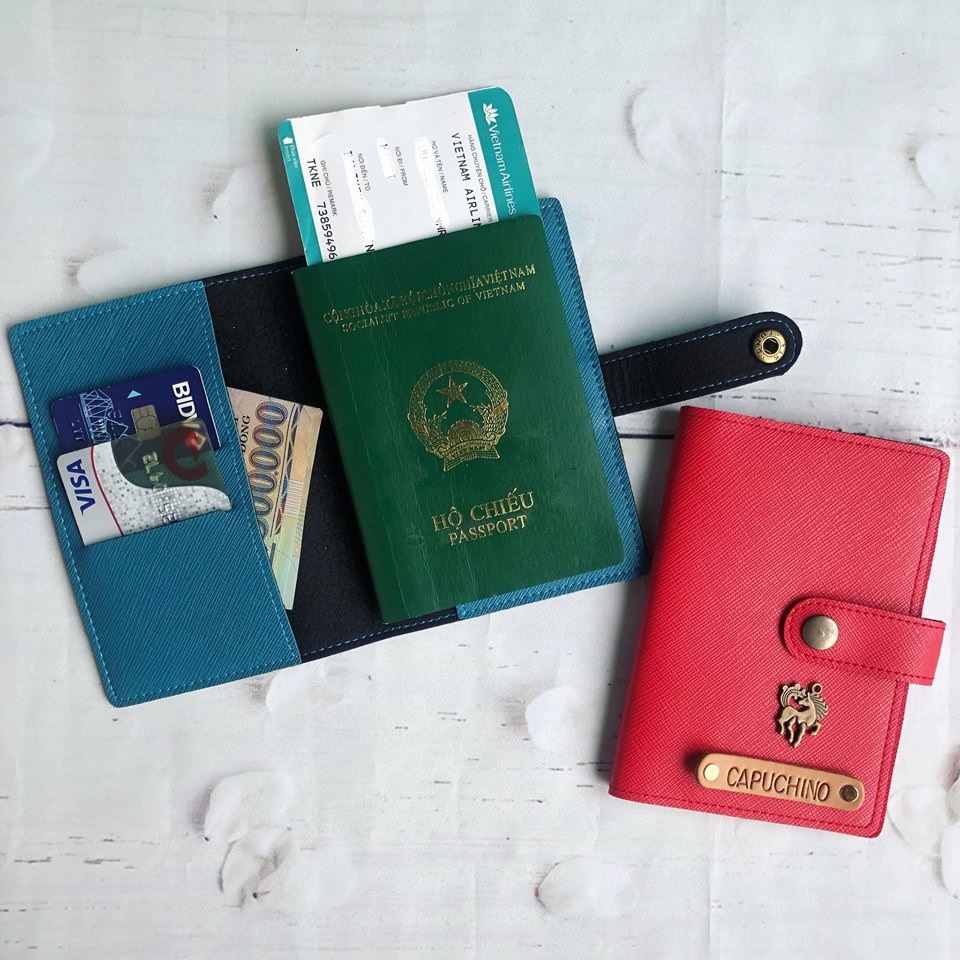
Clothing: Dress for Changing Weather
The key to dressing for the Cao Bang Loop is to pack layers. Temperatures can vary greatly between day and night, and the weather can shift unexpectedly, especially in mountainous regions. Bring a mix of lightweight t-shirts (both short and long sleeve) for sun protection and comfort. A light jacket or windbreaker is essential for chilly mornings and evenings, while a rain jacket or poncho will keep you dry during sudden showers. Choose quick-dry or stretchy pants rather than heavy jeans, which can become uncomfortable if wet. Don’t forget gloves for warmth and hand protection, as well as a hat and sunglasses for sun exposure.
If you’re traveling between November and February, pack additional warm layers, including a thermal top, scarf, and warm socks to handle the colder conditions in higher altitudes.
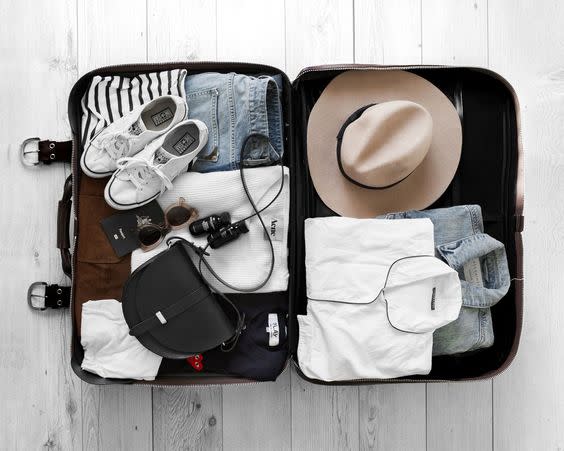
Footwear for the Loop
For footwear, opt for lightweight hiking shoes or sturdy sneakers that can handle uneven terrain, especially if you plan to visit caves, waterfalls, or trekking routes. A pair of flip-flops or sandals will be useful for showers, homestays, or simply relaxing at the end of a long day.
Toiletries and Personal Care
Toiletries are not always provided at basic guesthouses or homestays, so it’s best to pack your own. Bring a toothbrush, toothpaste, deodorant, and travel-sized shampoo and soap. Sunscreen is a must, as UV exposure can be strong even on cloudy days. Insect repellent will help protect against bites near waterfalls or forested areas. Pack a small first-aid kit with plasters, antiseptic cream, painkillers, and any personal medication. Toilet paper may not be available at roadside stops, so include a small roll in your bag for emergencies.
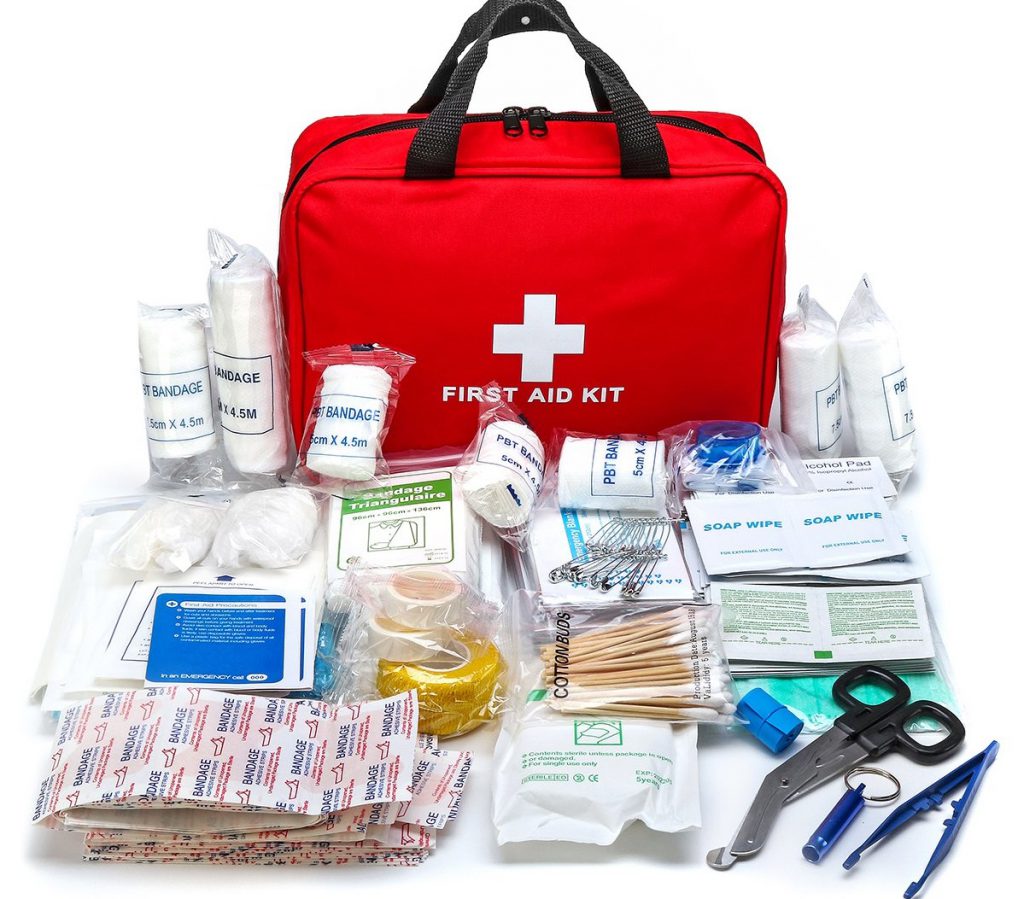
Riding Gear (If Traveling by Motorbike)
If you’re riding a motorbike, safety should be your top priority. Choose a high-quality helmet — ideally a full-face one — and consider wearing protective riding gear such as a jacket and pants designed for motorbiking. Bungee cords or elastic nets are helpful for securing your luggage on the bike. Carry a spare fuel bottle, as petrol stations can be far apart in remote areas. A rain cover for your backpack and a scarf or mask to protect against dust and wind are also wise additions.
Electronics and Gadgets
Your essential tech items should include your phone, charger, and a power bank to keep your devices charged in areas with limited electricity. A universal adapter will ensure you can plug in anywhere. If you’re into photography or videography, bring a camera, GoPro, or drone to capture the incredible scenery. A headlamp or flashlight can be useful at night or during power outages.
Snacks and Water
While you’ll find food along the loop, it’s smart to carry backup snacks for long stretches between meals. Pack some energy bars, nuts, or dried fruit for quick, easy nourishment. A reusable water bottle will help you stay hydrated and reduce plastic waste.

Optional but Helpful Items
There are a few extra items that can make your trip smoother. A small daypack is handy for hikes or exploring villages. A quick-dry towel is useful at waterfalls or homestays. A notebook or journal lets you document your journey, while a Vietnamese phrasebook or translation app can help you communicate in areas where English is not widely spoken.
What Not to Pack
Try to avoid bulky suitcases, as space on a motorbike is limited and you’ll appreciate having lightweight gear. Don’t overpack clothing - three or four outfits should suffice for a 3–5 day loop. Leave heavy electronics you won’t use, and remember that cash is preferred in most areas, so don’t rely too much on cards.
Seasonal Packing Notes
From November to February, extra warm layers are essential, as mornings and evenings can be quite cold. Between March and May, prioritize light clothing and sun protection. From June to September, focus on rain gear and waterproofing your electronics, as this is the wettest period.
So, what should I pack for the Cao Bang Loop? The answer is to pack light, pack smart, and be prepared for a variety of conditions. With the right mix of layers, cash, riding gear, and personal essentials, you’ll be ready to enjoy the stunning landscapes, friendly locals, and unforgettable experiences the Cao Bang Loop has to offer.
Plan well, and your journey through northern Vietnam will be an adventure to remember!



